Home>Gardening & Outdoor>Landscaping Ideas>Why Is Artificial Grass Bad For The Environment
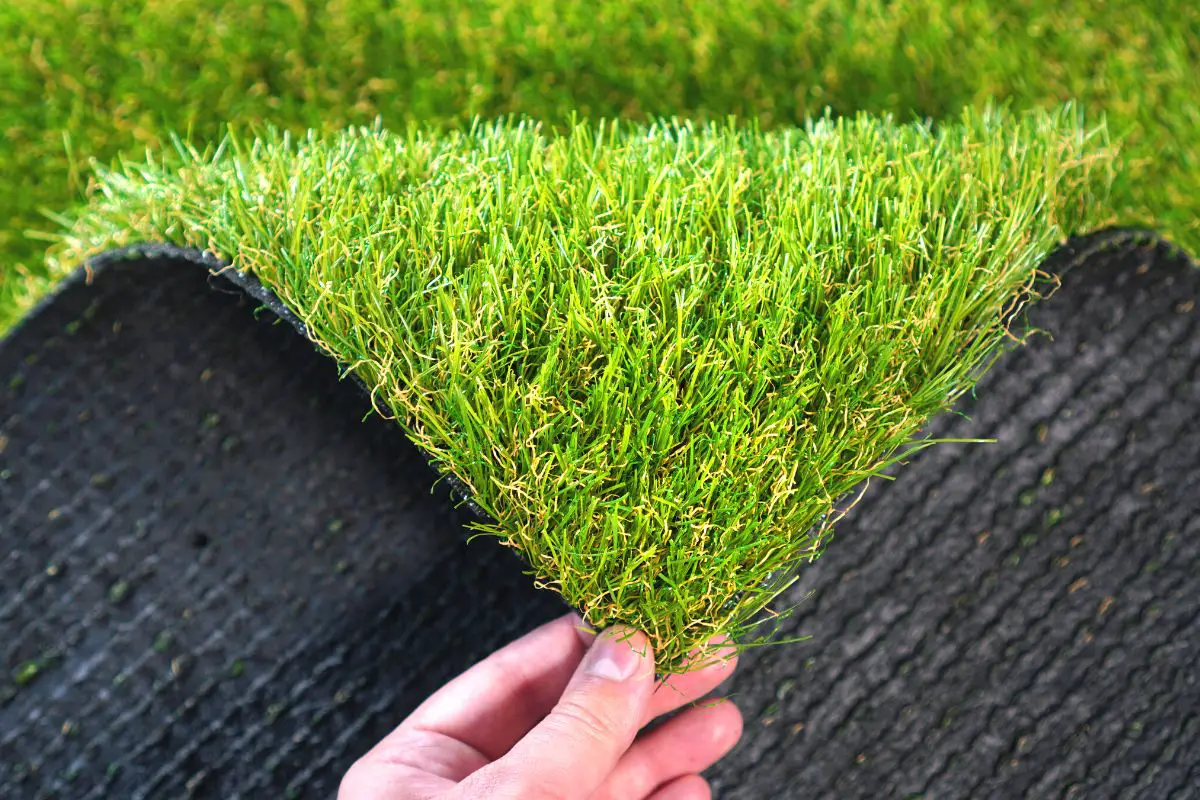

Landscaping Ideas
Why Is Artificial Grass Bad For The Environment
Published: January 29, 2024
Discover the environmental impact of artificial grass and explore eco-friendly landscaping ideas to minimize harm to the environment. Learn how to create a sustainable outdoor space with our expert tips.
(Many of the links in this article redirect to a specific reviewed product. Your purchase of these products through affiliate links helps to generate commission for Storables.com, at no extra cost. Learn more)
Introduction
Artificial grass, also known as synthetic turf, has gained popularity as a low-maintenance alternative to natural grass in landscaping. It offers a lush, green appearance year-round without the need for watering, mowing, or fertilizing. While it may seem like a convenient solution for maintaining a pristine lawn, the environmental impact of artificial grass raises significant concerns.
As the demand for artificial grass continues to rise, it is crucial to examine its ecological implications. While the initial allure of artificial grass lies in its promise of minimal maintenance and water conservation, a deeper exploration reveals a complex web of environmental drawbacks. From water usage and chemical exposure to end-of-life disposal and wildlife disruption, the environmental footprint of artificial grass extends far beyond its aesthetic appeal.
In this article, we will delve into the environmental implications of artificial grass, shedding light on its impact on water resources, chemical pollution, waste management, and biodiversity. By understanding the ecological ramifications of artificial grass, individuals and communities can make informed decisions about their landscaping choices, considering the long-term effects on the environment.
Key Takeaways:
- Artificial grass may seem low-maintenance, but its water usage, chemical pollution, and impact on wildlife raise environmental concerns. Consider sustainable landscaping options for a more harmonious coexistence with nature.
- The disposal of artificial grass poses challenges due to its non-biodegradable materials, contributing to plastic waste and microplastic pollution. Explore eco-friendly landscaping choices to minimize long-term ecological repercussions.
Read more: Why Is Turf Grass Bad For The Environment
Water Usage
Artificial grass is often marketed as an eco-friendly alternative to natural grass due to its potential for water conservation. While it is true that synthetic turf eliminates the need for regular watering, the manufacturing process and the material's inability to absorb water raise concerns about its overall impact on water resources.
The production of artificial grass involves the consumption of significant amounts of water, particularly in the manufacturing of synthetic fibers and the backing material. Additionally, the extraction and processing of raw materials, such as petroleum-based polymers and other chemicals, contribute to the water footprint of artificial grass. These processes collectively strain water supplies and add to the environmental burden.
Moreover, the impermeable nature of artificial grass exacerbates water runoff issues. Unlike natural grass, which absorbs and filters rainwater, synthetic turf does not allow for proper percolation. This impervious surface can lead to increased stormwater runoff, which may overwhelm drainage systems and result in water pollution as it carries various contaminants into water bodies.
Furthermore, the lack of natural transpiration from living plants means that artificial grass does not contribute to the local water cycle. Natural grass plays a crucial role in regulating local humidity and temperature, which helps maintain a balanced ecosystem. In contrast, the installation of widespread artificial grass can disrupt these natural processes, impacting the local microclimate and potentially contributing to adverse environmental changes.
In regions where water scarcity is a pressing concern, the widespread adoption of artificial grass as a water-saving measure may inadvertently exacerbate the overall water stress. The cumulative impact of water-intensive manufacturing, reduced natural water absorption, and altered local hydrology underscores the need for a comprehensive evaluation of artificial grass's water usage implications.
As we consider the environmental impact of landscaping choices, it is essential to recognize the intricate relationship between water resources and the materials we use. While artificial grass offers apparent water-saving benefits at the individual level, its broader water usage implications warrant careful consideration in the larger context of sustainable water management and environmental stewardship.
Chemicals and Pollution
The production and maintenance of artificial grass involve the use of various chemicals, raising concerns about pollution and environmental impact. Synthetic turf is typically made from polyethylene or polypropylene, both of which are derived from petroleum-based sources. The manufacturing process of these materials involves the use of energy-intensive procedures and the release of greenhouse gases, contributing to air pollution and climate change.
In addition to the environmental impact of the manufacturing phase, the installation and maintenance of artificial grass also introduce chemical concerns. Adhesives, infill materials, and cleaning agents used in conjunction with synthetic turf contain a range of potentially harmful substances. These may include volatile organic compounds (VOCs), heavy metals, and other toxic compounds that can leach into the surrounding environment.
Furthermore, the infill materials commonly used in artificial grass, such as crumb rubber made from recycled tires, have raised significant health and environmental concerns. Studies have indicated that these materials can release harmful substances, including carcinogens and microplastics, into the air and soil. This poses risks to both human health and ecological integrity, particularly in areas where artificial turf is extensively utilized, such as sports fields and playgrounds.
The accumulation of dust, debris, and organic matter on artificial grass surfaces can also lead to the growth of mold and bacteria. To mitigate these issues, regular cleaning and disinfection are often recommended. However, the use of chemical cleaners and disinfectants can introduce additional pollutants into the environment, further exacerbating the ecological impact of artificial grass.
Moreover, the disposal of artificial grass at the end of its lifecycle presents a significant challenge in terms of chemical pollution. The breakdown of synthetic turf materials over time can release microplastics and other non-biodegradable components into the environment, contributing to the pervasive issue of plastic pollution.
As we assess the environmental implications of artificial grass, it becomes evident that the use of synthetic turf introduces a complex array of chemical and pollution-related concerns. From the manufacturing phase to ongoing maintenance and eventual disposal, the presence of potentially harmful substances underscores the need for a thorough examination of the ecological footprint of artificial grass.
The next section will delve into the impact of artificial grass on waste management and end-of-life considerations, shedding light on the challenges associated with the disposal and recycling of synthetic turf.
Consider using natural alternatives such as native grasses or low-maintenance ground covers to reduce the environmental impact of traditional lawns. These options can help conserve water, support local wildlife, and reduce the need for harmful chemicals.
Disposal and End-of-Life Impact
The disposal and end-of-life impact of artificial grass present significant environmental challenges. Synthetic turf, often touted for its durability and longevity, eventually reaches the end of its usable lifespan, leading to disposal considerations that have far-reaching implications.
Artificial grass is predominantly composed of non-biodegradable materials, such as polyethylene and polypropylene, which do not readily decompose in natural environments. As a result, the disposal of synthetic turf poses a considerable challenge in terms of waste management and environmental stewardship. When artificial grass reaches the end of its serviceable life, it is typically removed and replaced, leading to the generation of substantial waste material.
The disposal of synthetic turf raises concerns about the accumulation of non-recyclable waste in landfills. Given the non-biodegradable nature of the materials used in artificial grass, the long-term presence of discarded turf contributes to the growing issue of plastic waste. This not only occupies valuable landfill space but also perpetuates the environmental burden associated with non-recyclable plastics.
Furthermore, the breakdown of synthetic turf materials over time can result in the release of microplastics into the environment. These microplastics, which are small plastic particles less than 5mm in size, pose a significant threat to ecosystems and wildlife. They can contaminate soil and water, potentially entering the food chain and causing adverse effects on both terrestrial and aquatic organisms.
The end-of-life impact of artificial grass extends beyond the immediate disposal phase. As synthetic turf deteriorates, the release of microplastics and other non-biodegradable components perpetuates the pervasive issue of plastic pollution. The persistence of these materials in the environment underscores the long-term consequences of artificial grass, highlighting the need for sustainable waste management strategies and responsible end-of-life practices.
As communities and individuals evaluate their landscaping choices, the disposal and end-of-life impact of artificial grass serve as critical considerations. By recognizing the environmental challenges associated with the disposal of synthetic turf, stakeholders can explore alternative landscaping solutions that prioritize sustainability and minimize long-term ecological repercussions. The responsible management of end-of-life synthetic turf materials is essential in mitigating the environmental impact and fostering a more sustainable approach to landscaping practices.
Wildlife and Biodiversity Impact
The widespread use of artificial grass can have profound implications for local wildlife and biodiversity. Natural grass lawns provide essential habitats for a diverse array of organisms, including insects, birds, and small mammals. These green spaces support biodiversity by offering food sources, nesting sites, and shelter for various species. In contrast, the installation of artificial grass disrupts these ecological niches, leading to potential consequences for wildlife and the broader ecosystem.
One of the primary concerns regarding artificial grass is its impact on insect populations. Natural grass lawns harbor a rich diversity of insects, including pollinators such as bees and butterflies. These insects play a crucial role in ecosystem functioning and agricultural productivity. However, the installation of synthetic turf diminishes the availability of suitable habitats for these vital pollinators. The absence of natural vegetation and the disruption of soil ecosystems can lead to a decline in insect populations, thereby affecting the intricate web of ecological interactions that rely on these organisms.
Furthermore, the alteration of local landscapes through the widespread adoption of artificial grass can disrupt the foraging and nesting behaviors of birds and small mammals. Natural grass lawns provide foraging grounds for insect-eating birds and small mammals, supporting their dietary needs and contributing to the local food web. The replacement of these natural habitats with artificial turf diminishes the availability of food sources and shelter, potentially displacing or reducing the populations of these wildlife species.
In addition to direct habitat disruption, the use of artificial grass can impact soil health and microbial diversity. Natural grass lawns foster a complex network of soil microorganisms that contribute to nutrient cycling and soil fertility. The introduction of impermeable synthetic surfaces alters soil conditions, reducing microbial diversity and disrupting essential soil processes. This can have cascading effects on plant health, nutrient availability, and the overall resilience of the local ecosystem.
The implications of artificial grass on wildlife and biodiversity underscore the need for a comprehensive assessment of its ecological impact. As communities and individuals evaluate their landscaping choices, it is essential to consider the broader ramifications for local ecosystems and the intricate web of life that depends on natural habitats. By recognizing the potential consequences for wildlife and biodiversity, stakeholders can make informed decisions that prioritize ecological integrity and support sustainable coexistence with the natural world.
Read more: Why Are Grass Lawns Bad For The Environment
Conclusion
The environmental impact of artificial grass encompasses a complex web of ecological concerns, ranging from water usage and chemical pollution to waste management and wildlife disruption. While synthetic turf offers the allure of low-maintenance landscaping and water conservation, its broader implications warrant careful consideration in the context of sustainable environmental stewardship.
The water usage associated with artificial grass, from the manufacturing phase to its impermeable surface properties, raises significant concerns about its overall impact on water resources. The strain on water supplies and the disruption of natural hydrological processes underscore the need for a comprehensive evaluation of synthetic turf's water usage implications.
Moreover, the use of various chemicals in the production, installation, and maintenance of artificial grass introduces pollution-related concerns, from the release of harmful substances to the accumulation of microplastics. The disposal and end-of-life impact of synthetic turf materials further exacerbate the environmental burden, contributing to the pervasive issue of plastic waste and microplastic pollution.
The widespread adoption of artificial grass also poses challenges for local wildlife and biodiversity, disrupting essential habitats for insects, birds, and small mammals. The alteration of natural landscapes and soil ecosystems can have far-reaching consequences for the intricate web of ecological interactions that rely on these habitats, emphasizing the need to consider the broader ramifications for local ecosystems and wildlife populations.
As communities and individuals navigate their landscaping choices, it is imperative to recognize the multifaceted environmental implications of artificial grass. By understanding the ecological footprint of synthetic turf, stakeholders can make informed decisions that prioritize sustainability and minimize long-term ecological repercussions. This entails exploring alternative landscaping solutions that support water conservation, minimize chemical exposure, and foster biodiversity, ultimately contributing to a more harmonious coexistence with the natural world.
In conclusion, the environmental impact of artificial grass extends beyond its immediate aesthetic appeal, prompting a reevaluation of landscaping practices in light of broader ecological considerations. By embracing sustainable landscaping approaches that prioritize environmental integrity, communities can contribute to a more resilient and balanced coexistence with the natural environment.
Frequently Asked Questions about Why Is Artificial Grass Bad For The Environment
Was this page helpful?
At Storables.com, we guarantee accurate and reliable information. Our content, validated by Expert Board Contributors, is crafted following stringent Editorial Policies. We're committed to providing you with well-researched, expert-backed insights for all your informational needs.
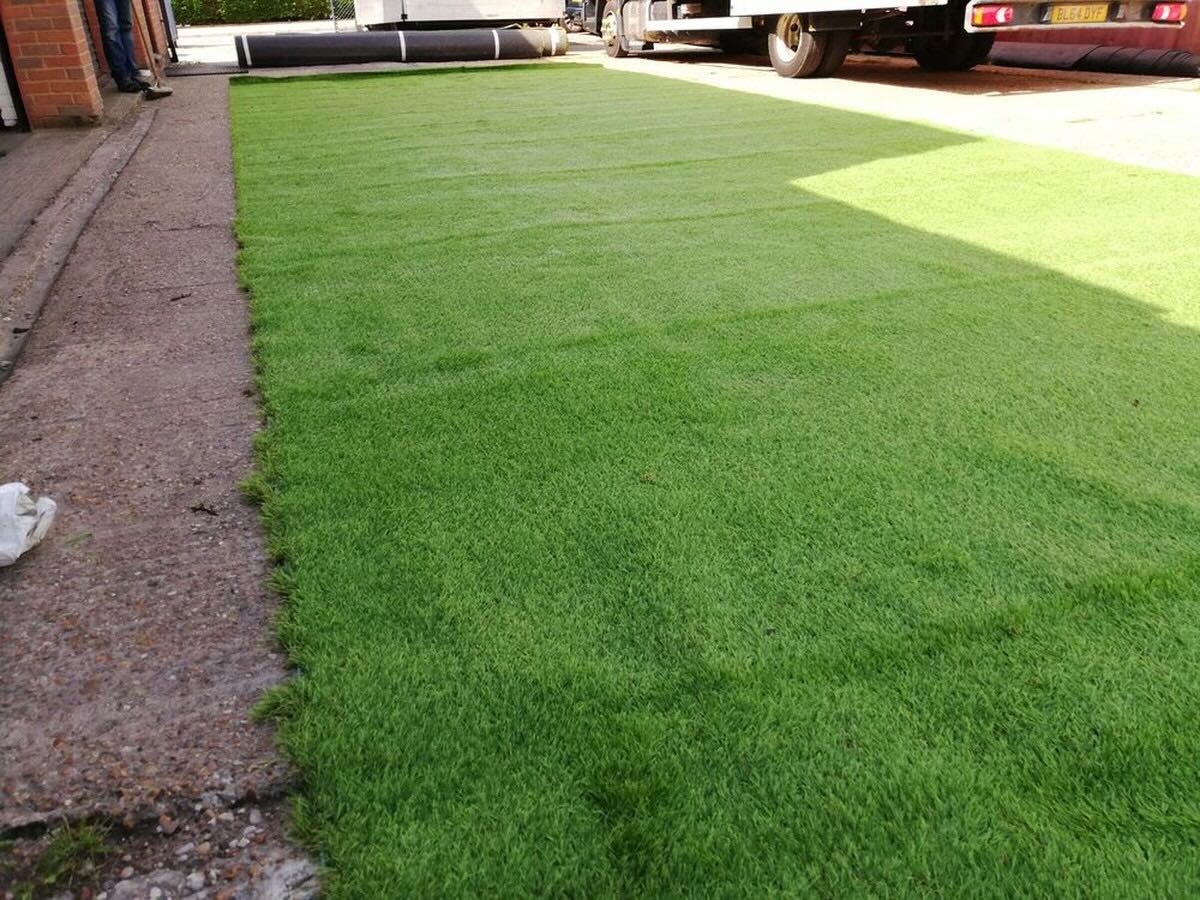
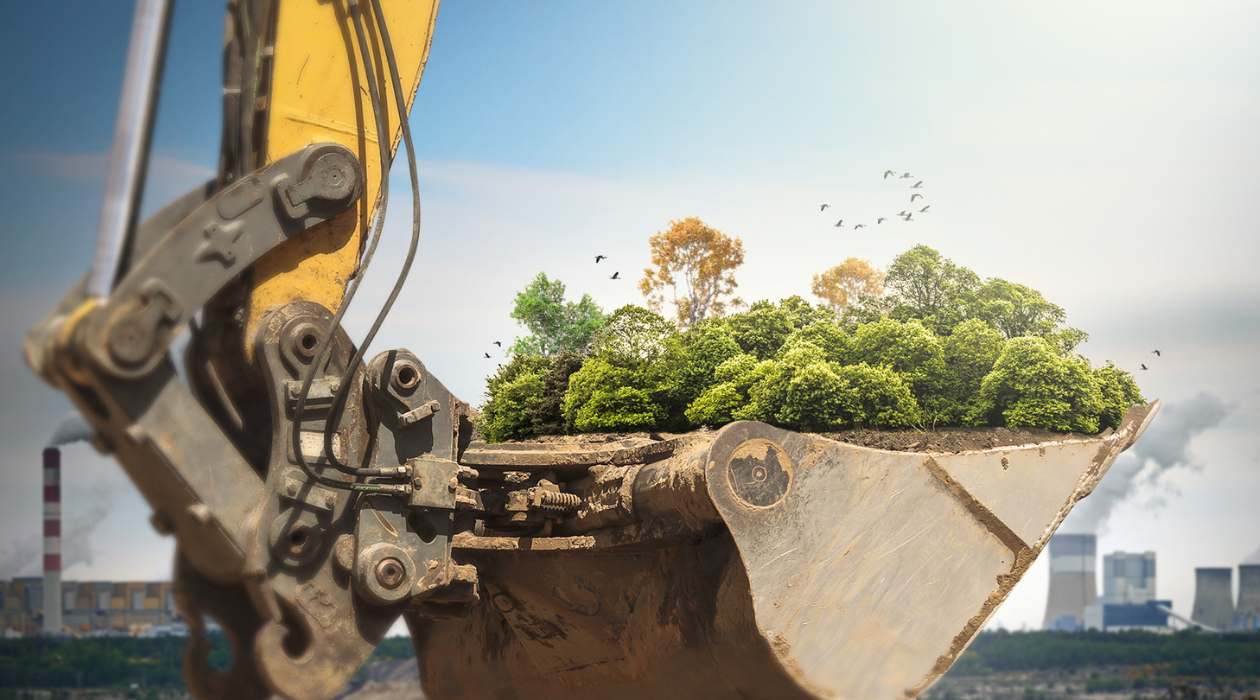
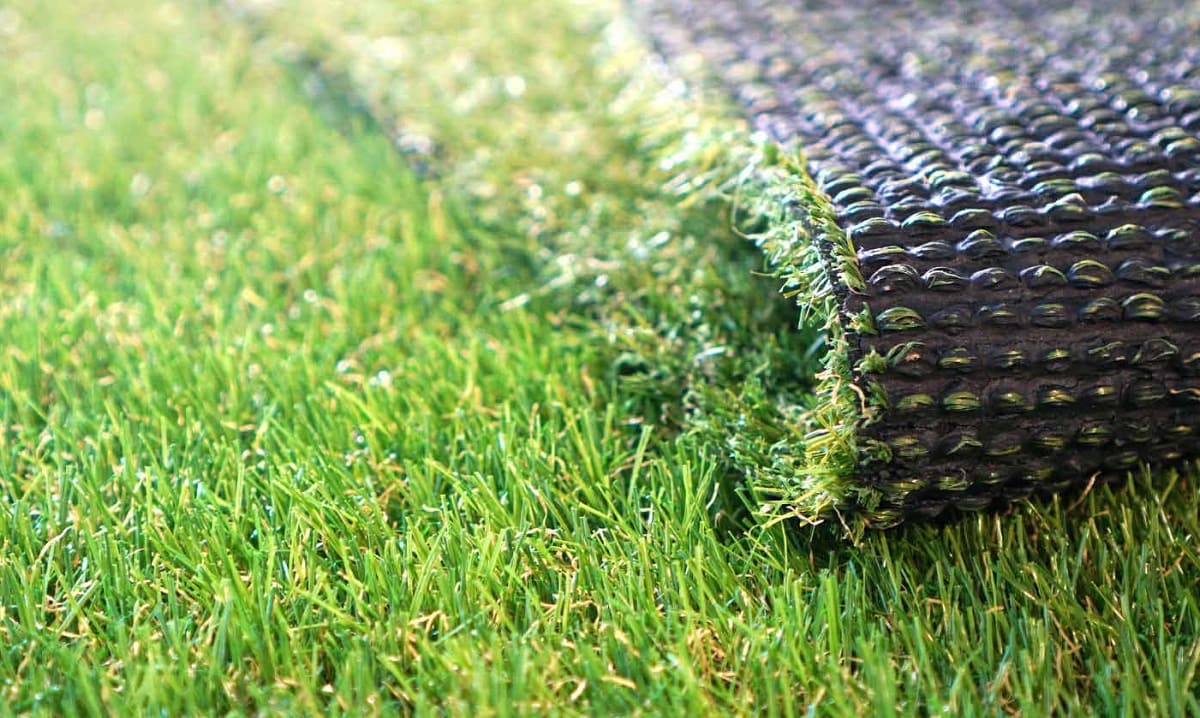
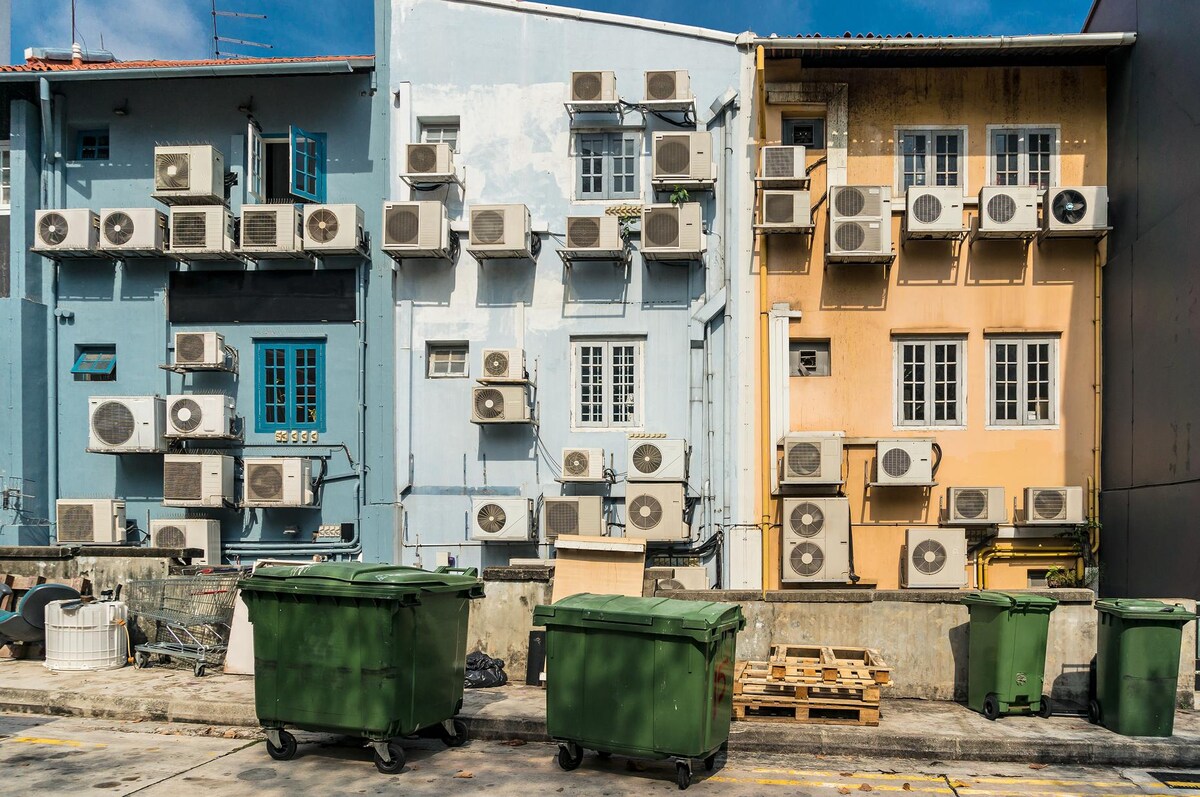
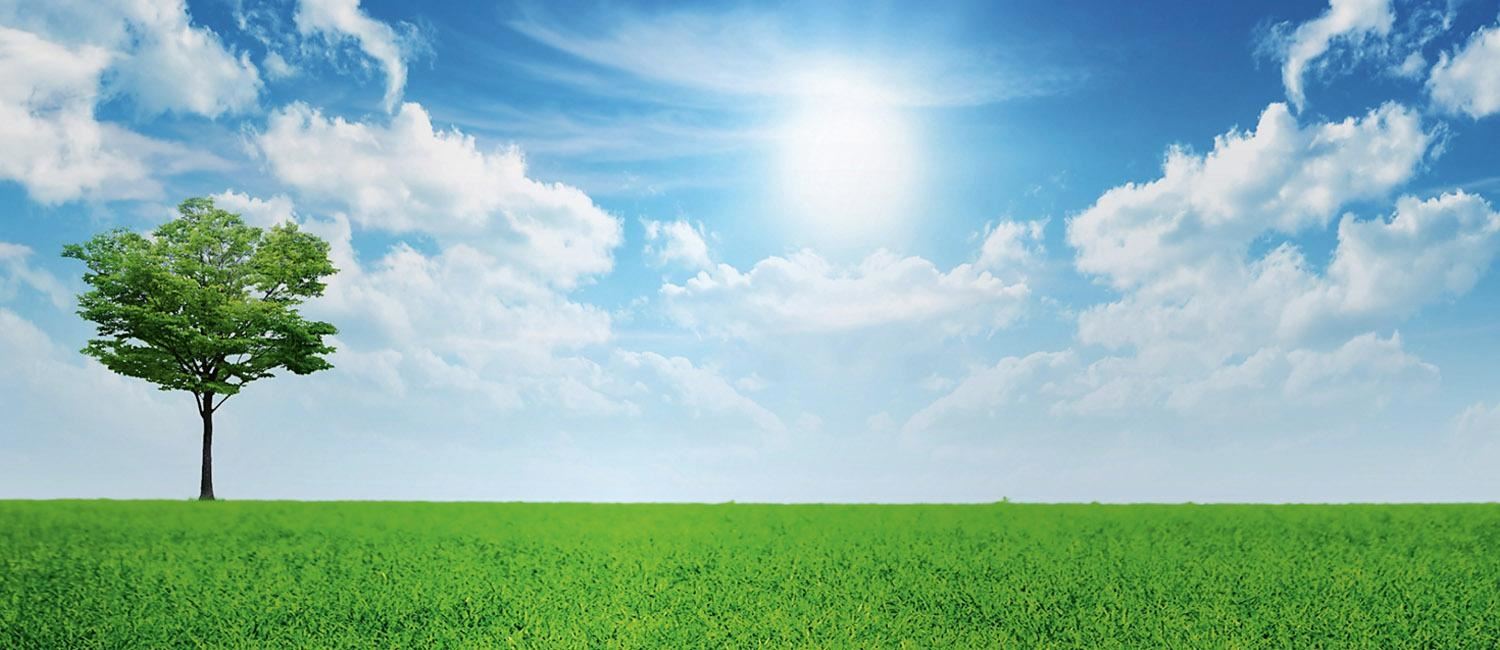
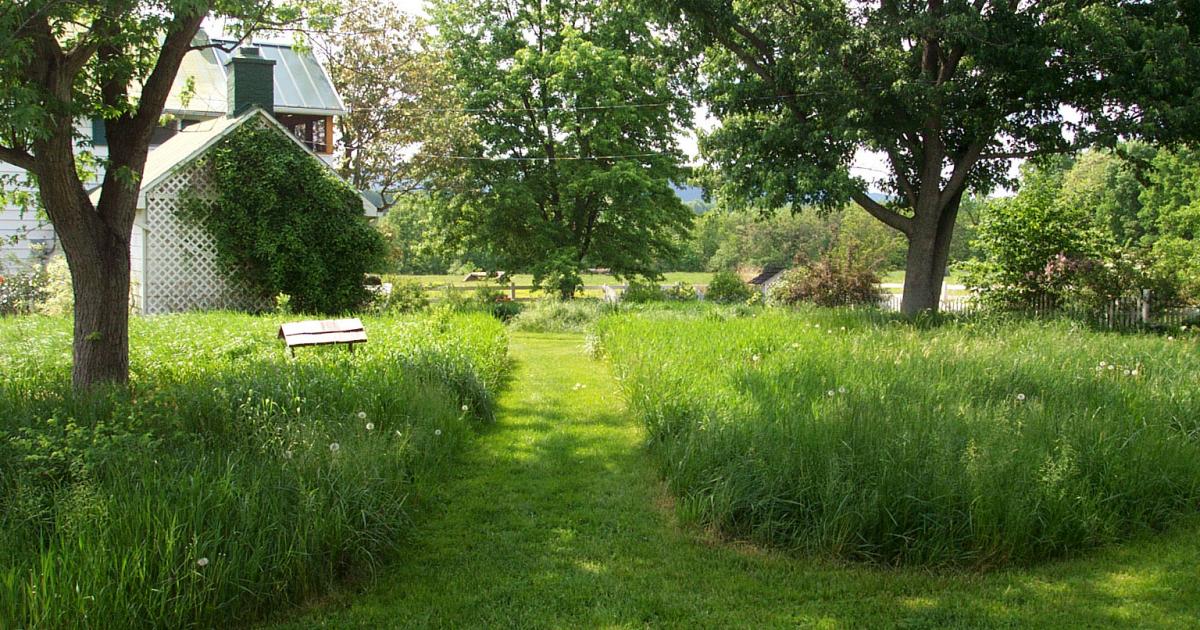
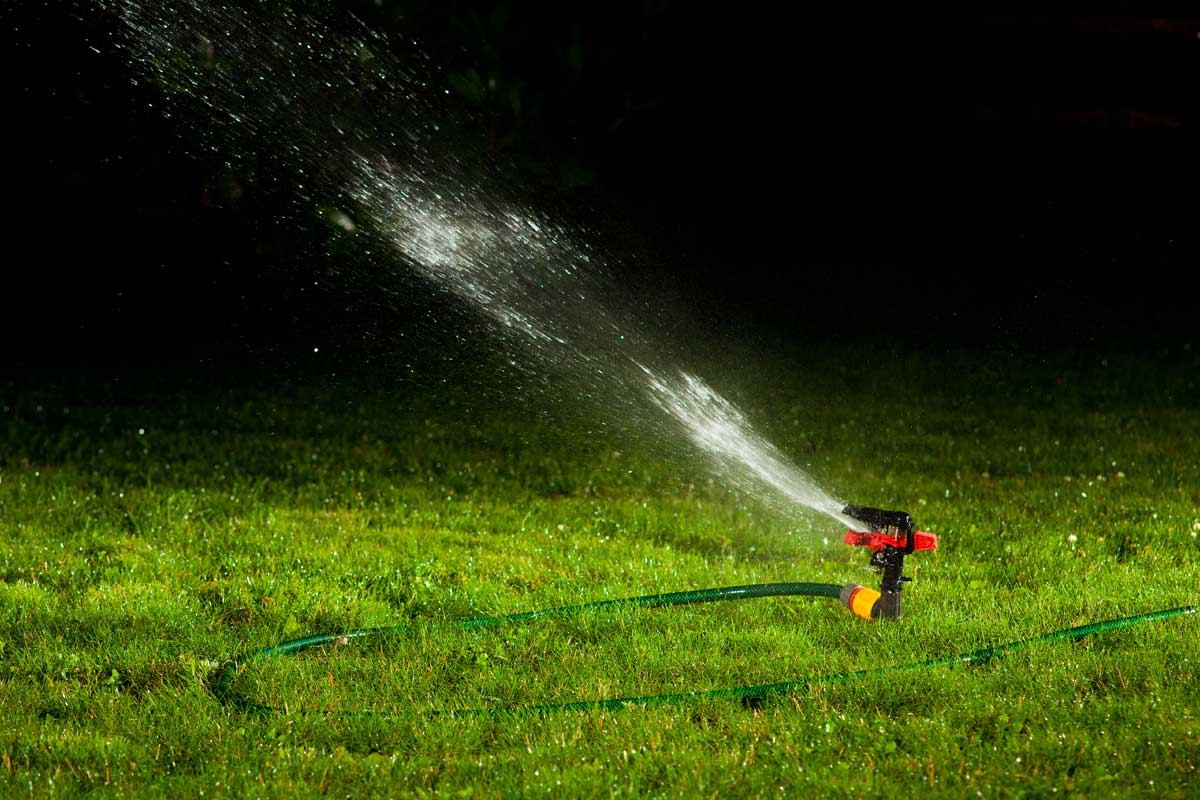
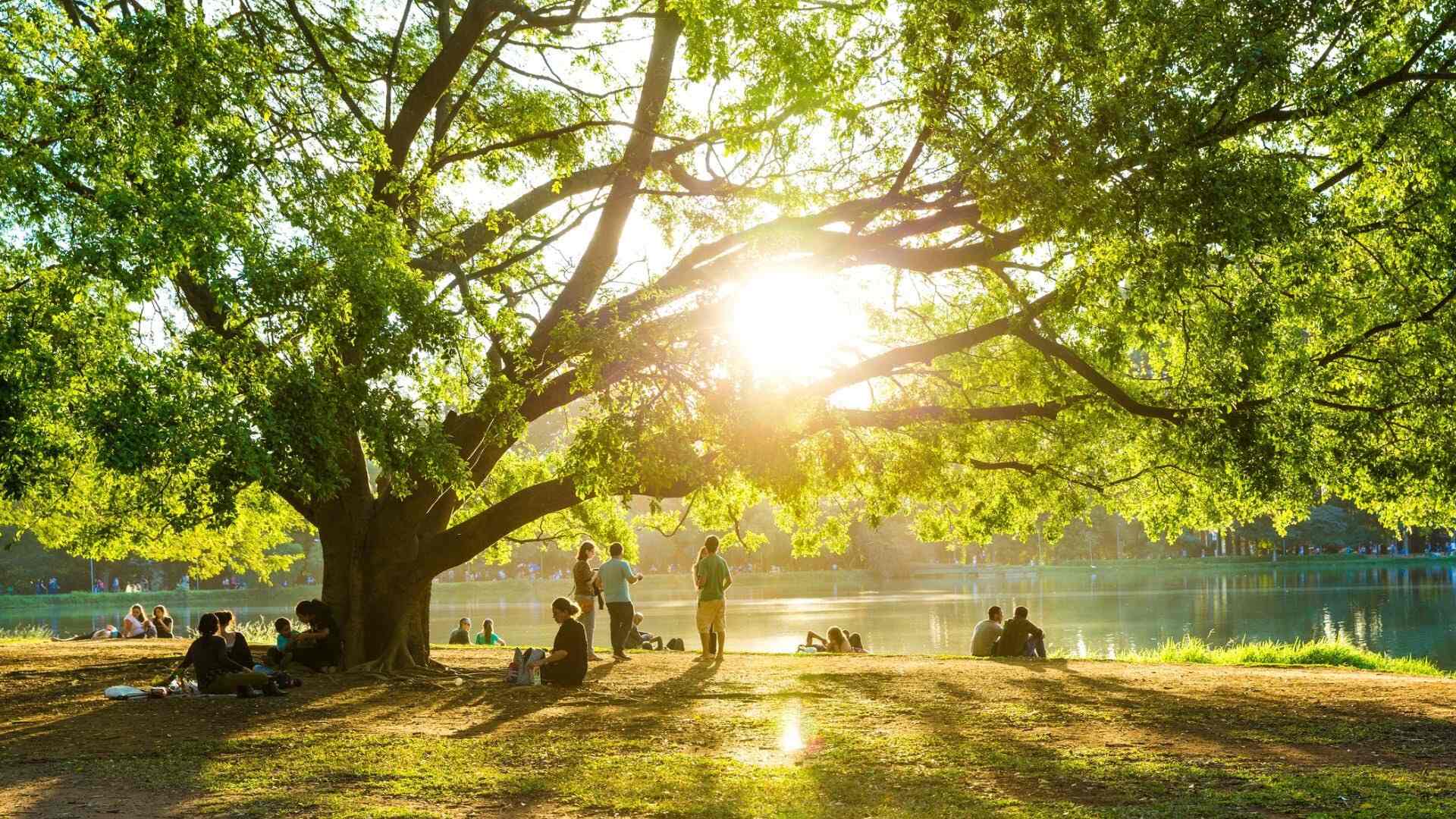
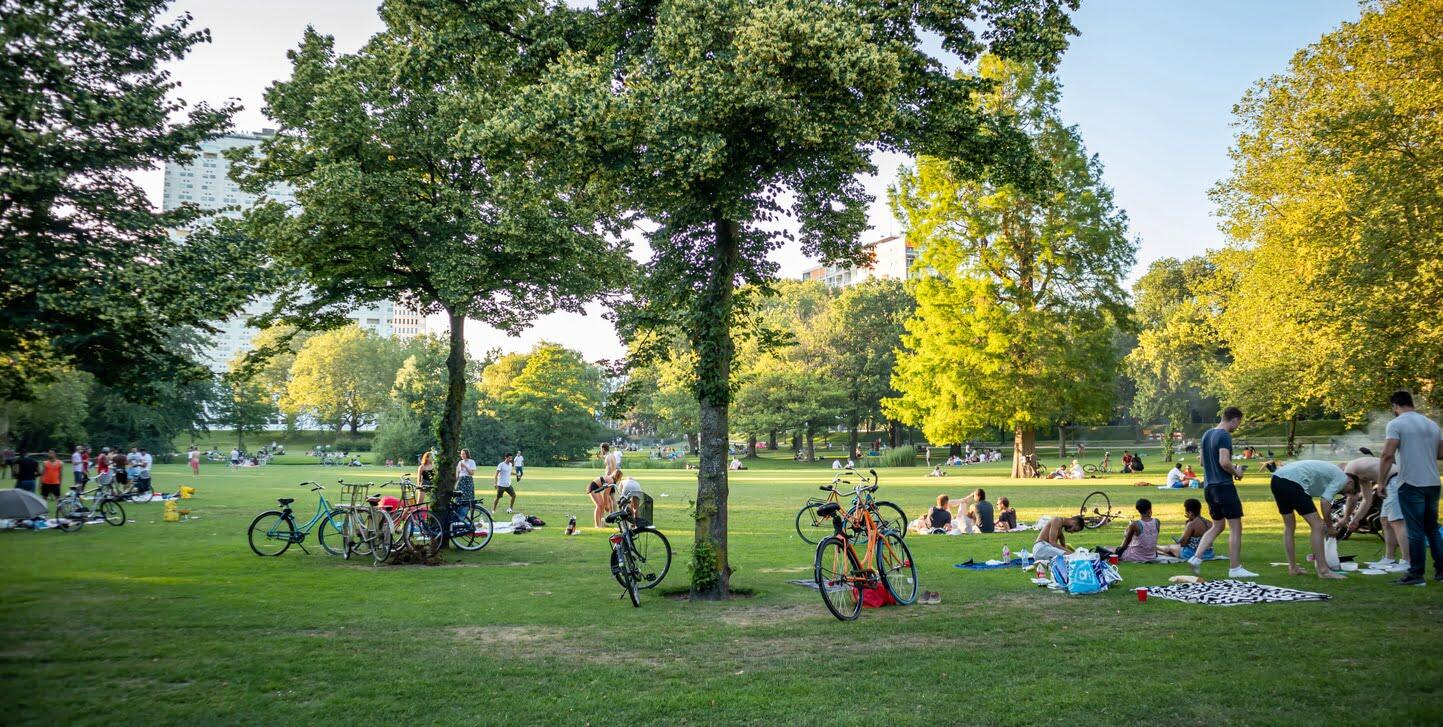
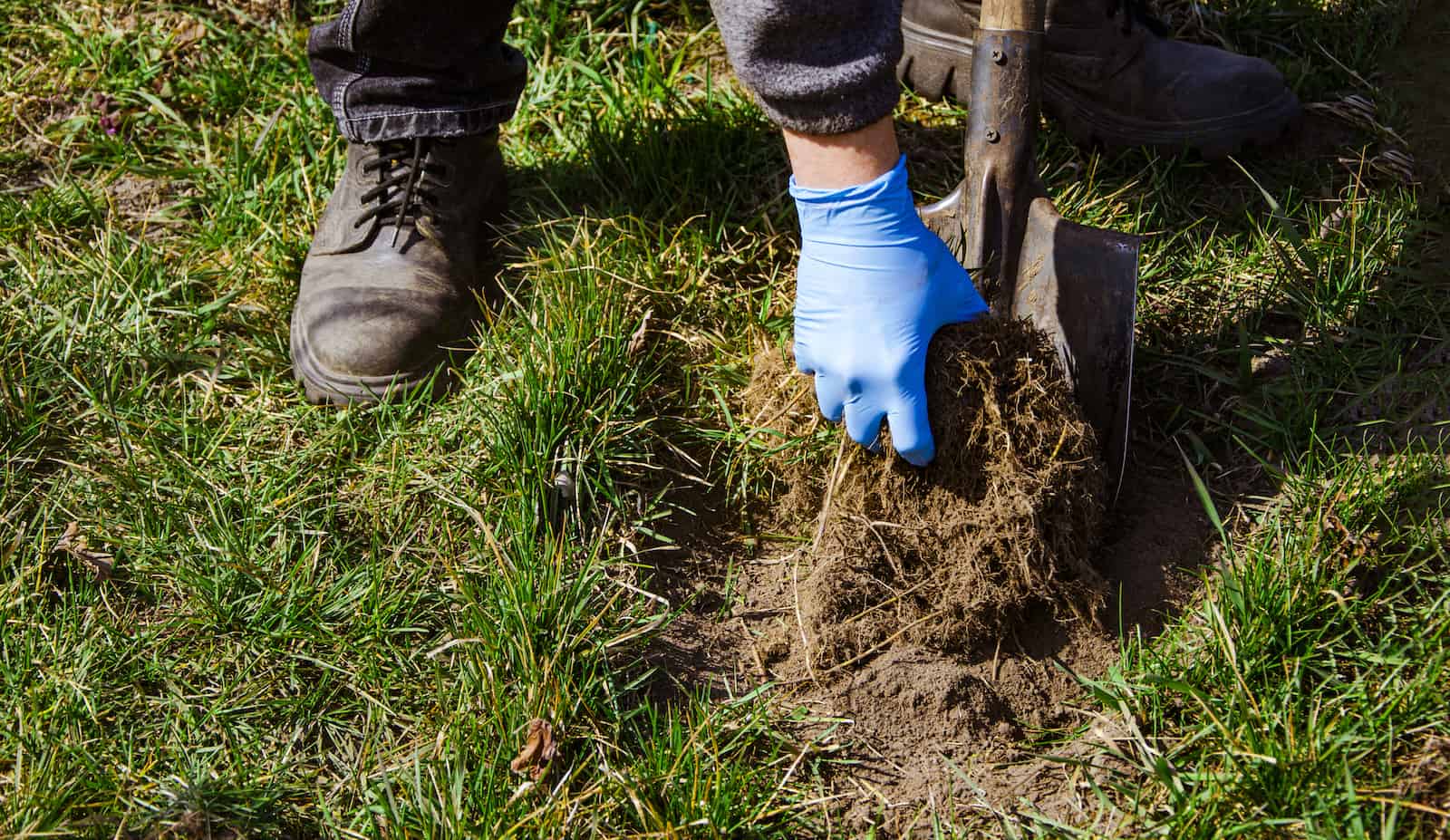
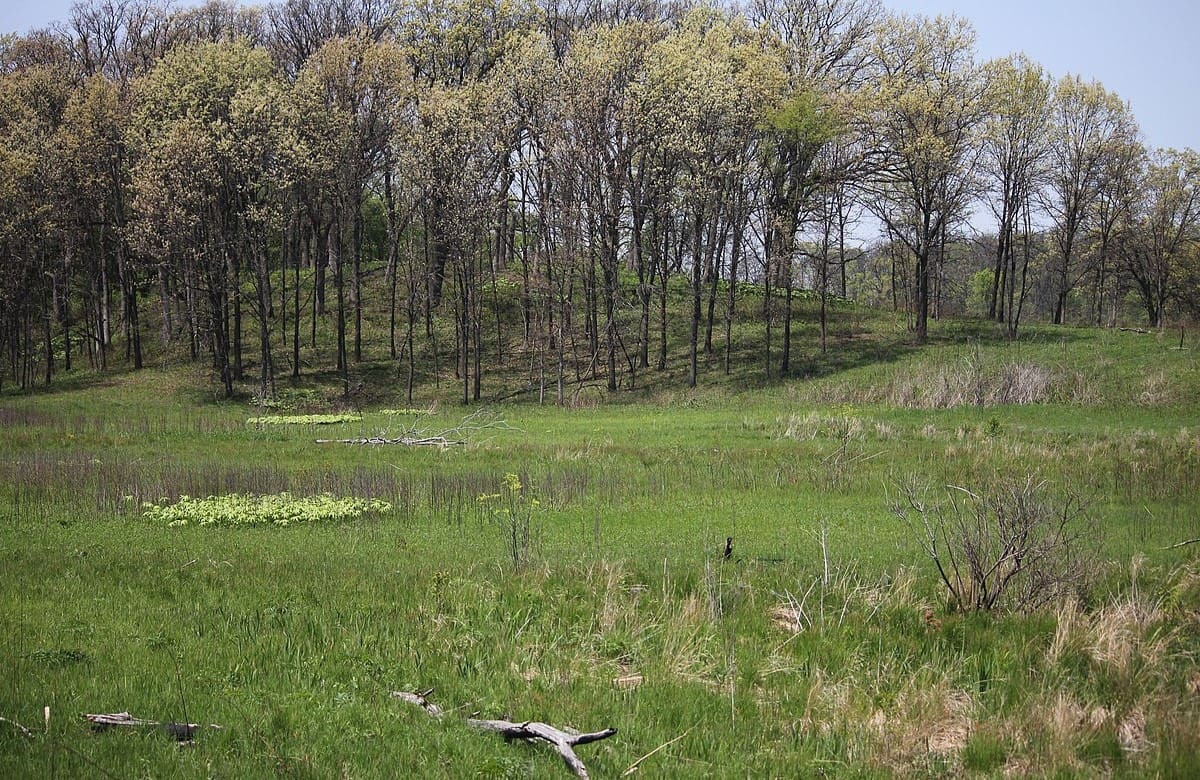
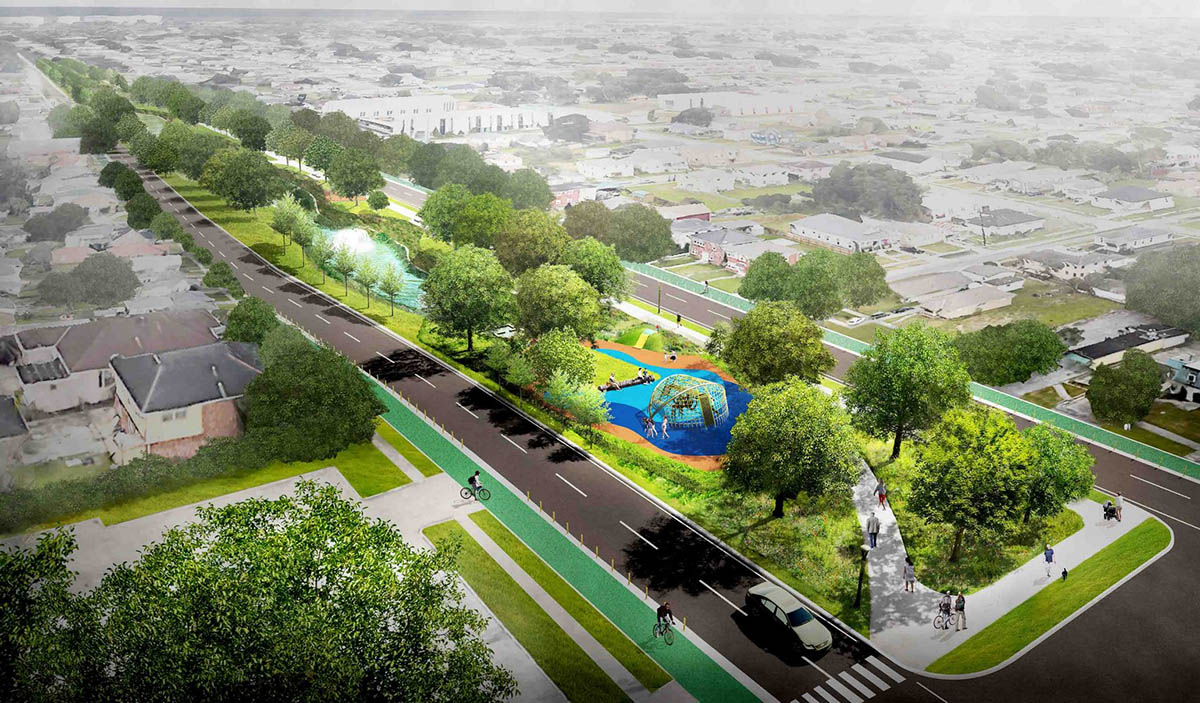
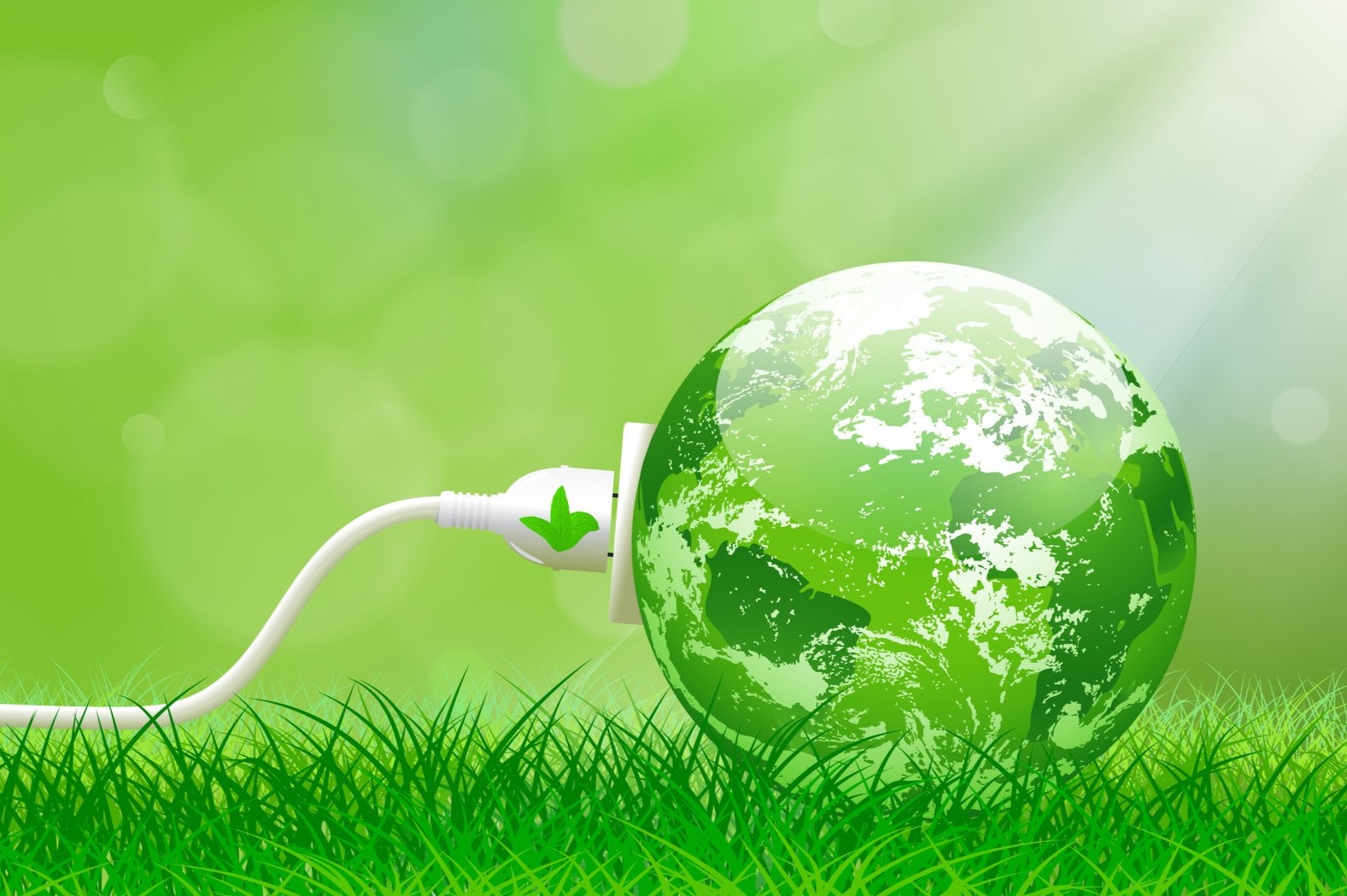
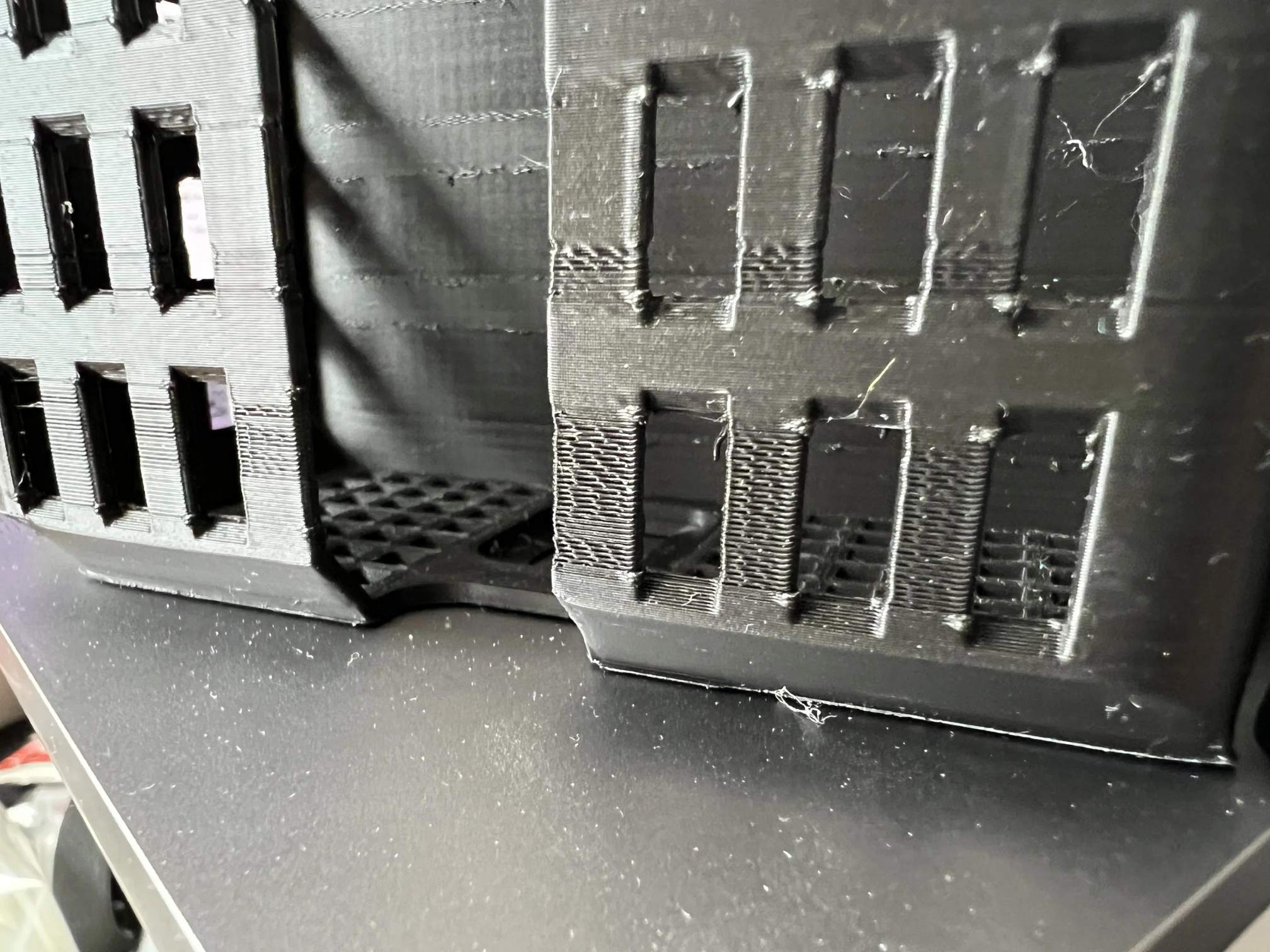

0 thoughts on “Why Is Artificial Grass Bad For The Environment”